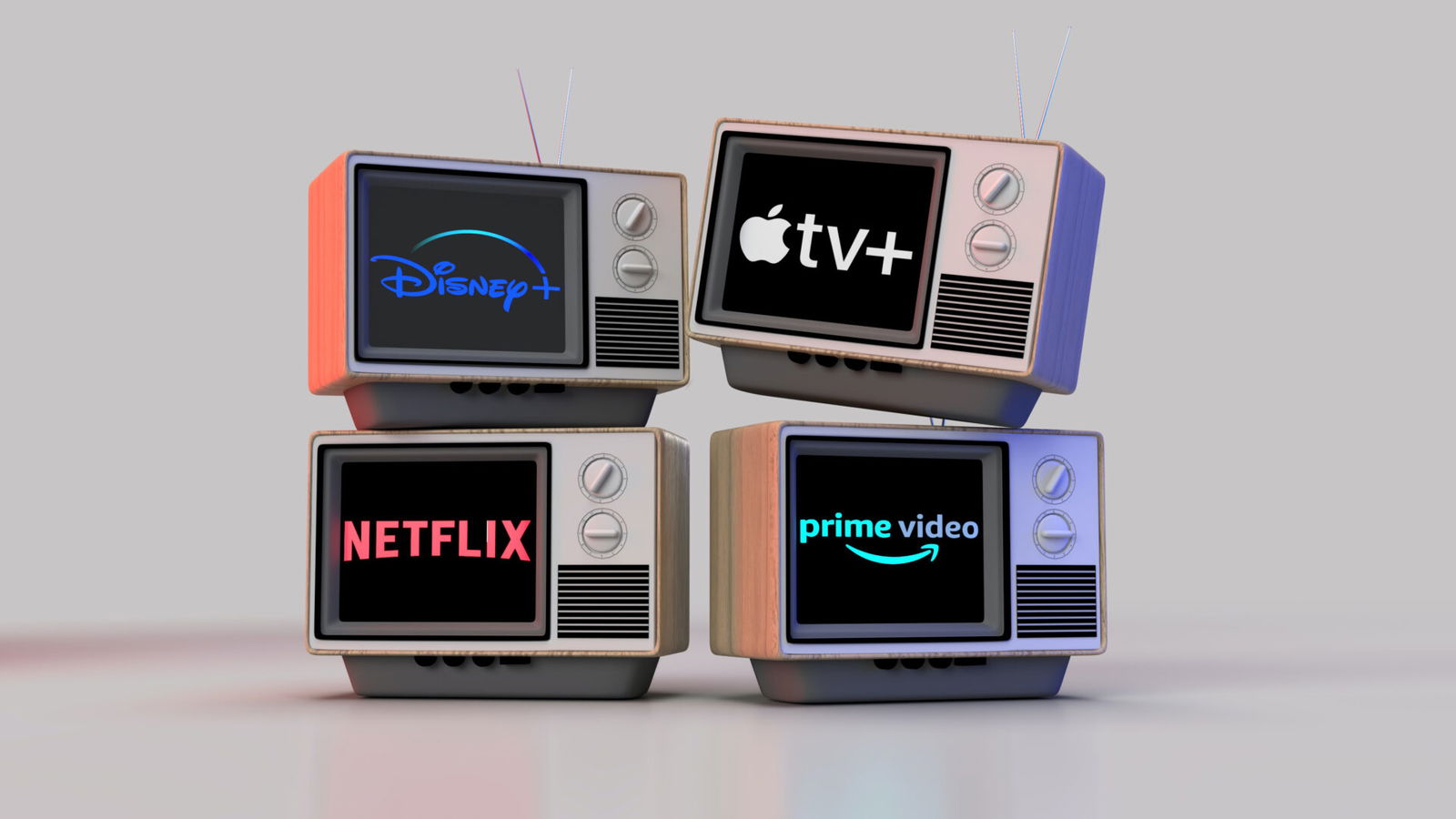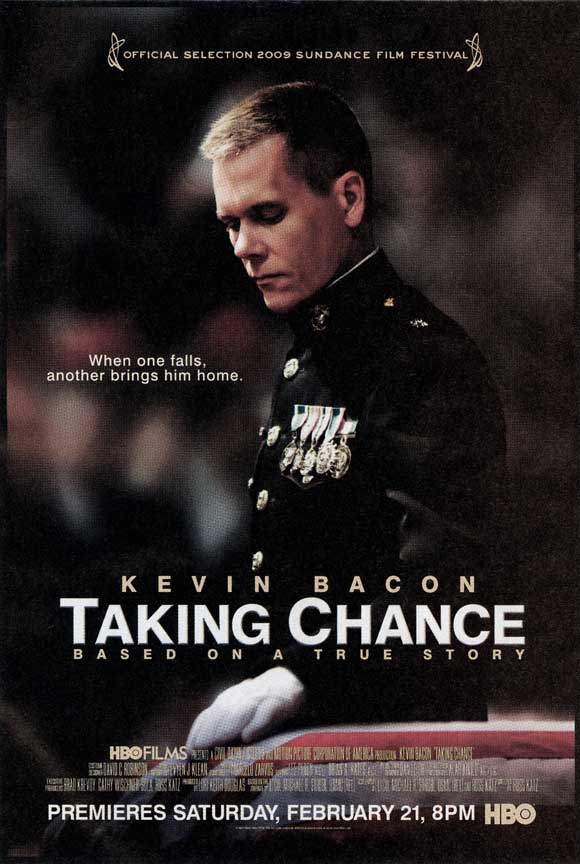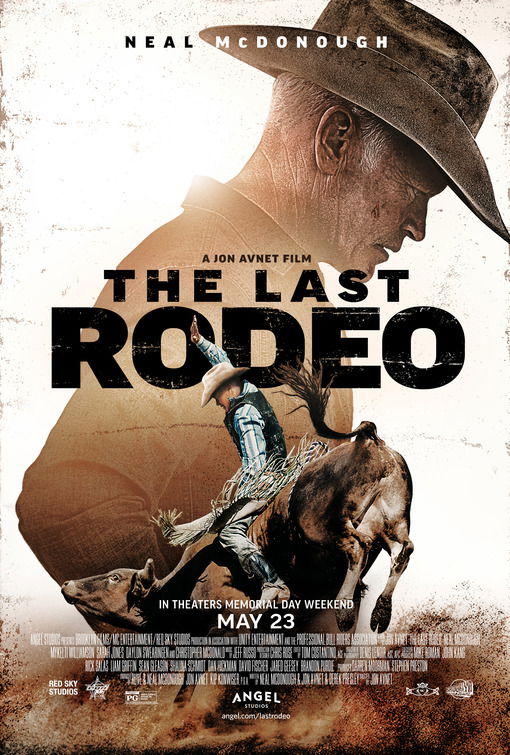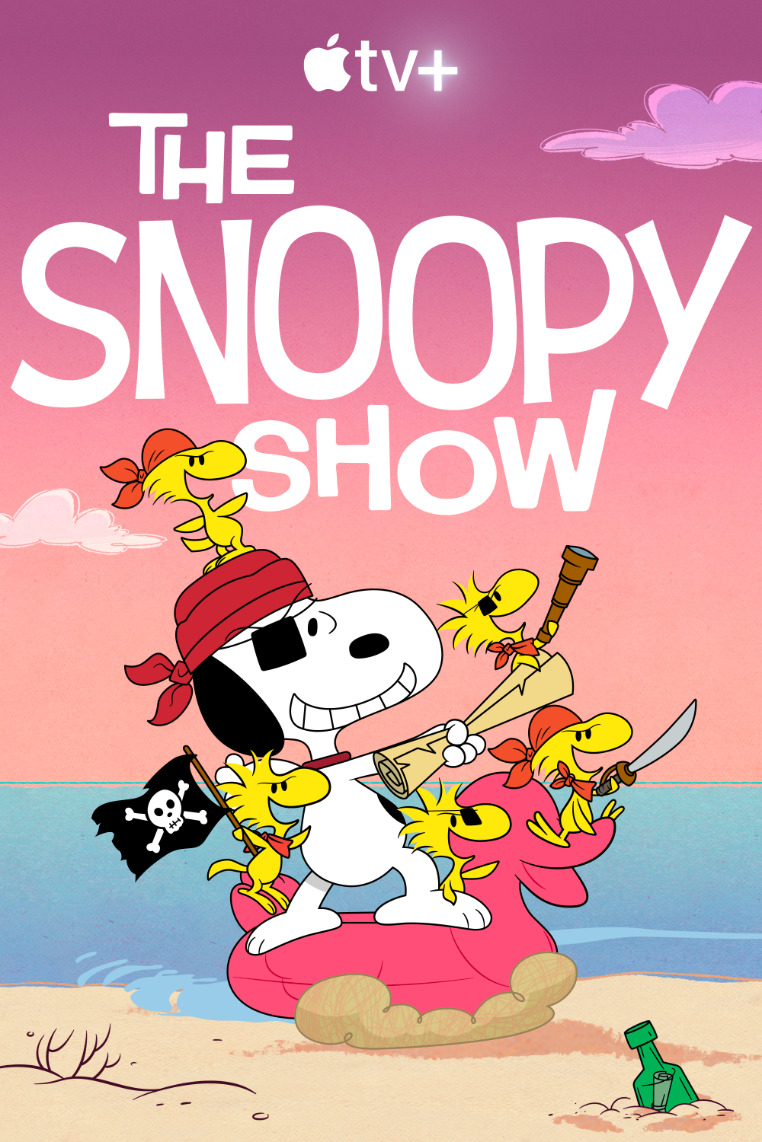
Is Streaming Still the Cheapest Option?
By Movieguide® Contributor
In an effort to find profitability after years of losses, streaming services are raising their prices and betting that consumers will stick with them.
According to The Wall Street Journal, the average cost of subscribing to a major ad-free streaming service is increasing by 25% every year. Because these increases are happening across the industry, consumers have no choice but to pay the higher price or switch to an ad-supported tier – which has an even higher upside for streaming services.
The days of switching from cable to streaming to save money are coming to a close. In fact, with the most recent price hikes, the cost of subscribing to a bundle of streaming services has topped the price of a basic cable plan.
“To viewers, the streaming TV era promised convenience and easy availability of all their favorite shows, past and present…And right now, none of this has come to pass,” Ars Technica reported.
Media executives have been warning about this for years as the low subscription cost, high loss models were always known to be unsustainable. While this model brought in a high number of subscribers, it eventually needed to evolve into something else to actually turn a profit.
AppleTV+ was one of the first services to break, raising its price from $4.99 to $6.99 last year – a nearly 40% raise, 9to5Mac reported. Disney+ was right behind them, increasing its price from $7.99 to $10.99 in December and recently announced another price hike to $13.99 this October – a 75% increase in under a year.
Hulu and Max have also seen increases, rising from $14.99 to $17.99 and from $15 to $16, respectively.
Netflix has also raised its prices by dropping its most basic ad-free level, forcing users to buy the next level up or drop to its ad-supported tier.
CBS News reported, “‘Services really see content as their weapon to ensure people subscribe — and they stay subscribed — in this dog-eat-dog environment,’ entertainment analyst Paul Erickson said.”
CBS added, “’The price increases will end when consumers ‘start leaving the service or they stop subscribing,’ Erickson said. ‘But I think that’s a ways off, especially if you’re raising prices incrementally over time.’”
Policies and price changes like this are expected to continue as these companies work to become profitable. Another tactic being implemented is cracking down on password sharing to force more people to sign up for the product.
Netflix made headlines earlier this year when it announced it would no longer allow password sharing, requiring the users on an account to connect to a “home Wi-Fi.” Disney recently announced they would be following suit and also cracking down on password sharing.
Movieguide® previously reported:
“Your Netflix account is for you and the people you live with – your household,” Netflix said in an email to its U.S. customers. To share an account with someone living outside of the household, Netflix will now charge a $7.99 a month fee.
This change in business model is rolling out across Netflix worldwide, having already been tested in a few key markets. Since February, Netflix subscribers in Canada, New Zealand, Portugal, and Spain have been disallowed from sharing accounts, requiring users outside of the household to pay for an additional account.
During its Q1 report, Netflix shared that the initial reaction in these countries with paid account sharing has been negative, with widespread cancellation of accounts occurring. However, the company points to the Canadian market where the subscriber base has grown, after an initial drop, since paid sharing has been launched.
Questions or comments? Please write to us here.


 - Content:
- Content: 

